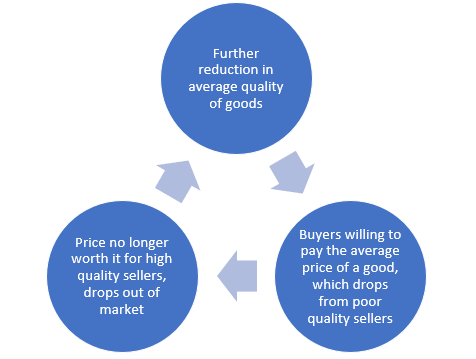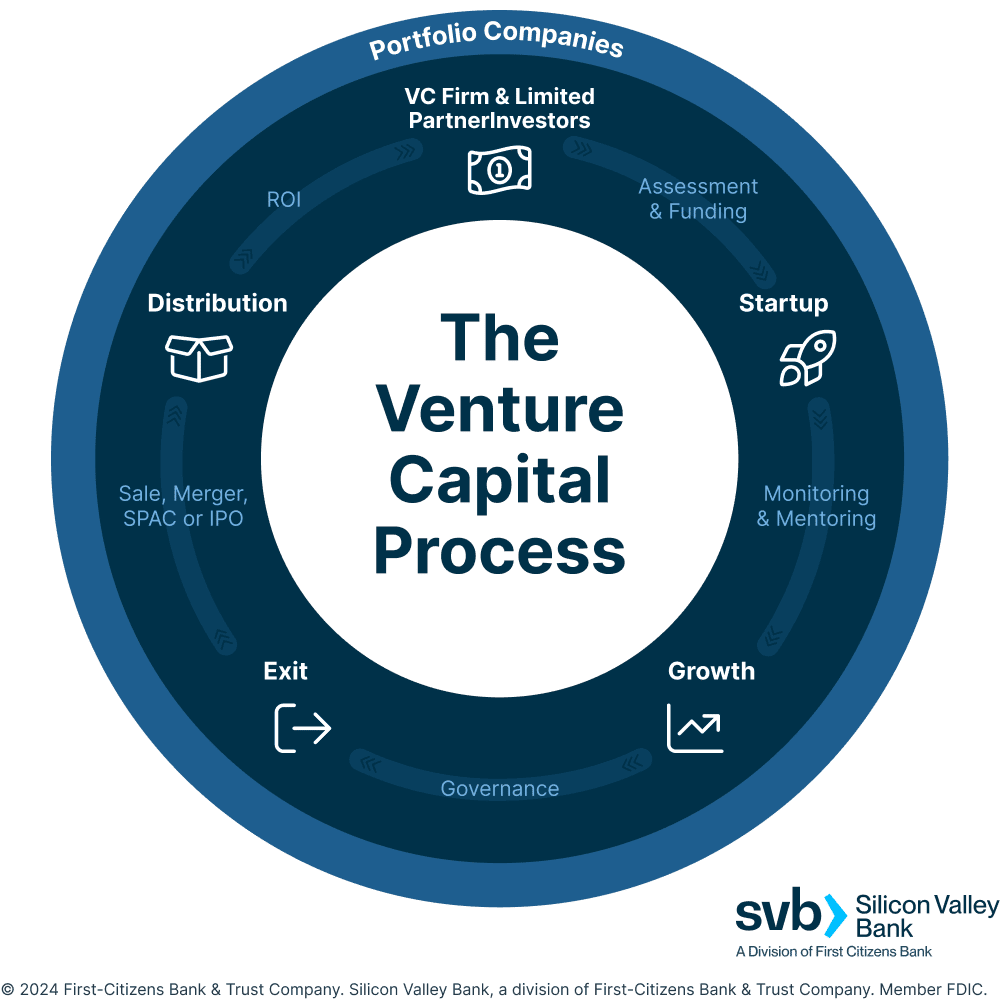Adverse Selection
(2025-09-30T16:23.011Z)
Perplexity Query
(2025-09-30T16:23
.011Z)
Question:
Write a comprehensive one-page article about "Adverse Selection in Venture Capital".
Model: sonar-pro
Adverse Selection in Venture Capital
Introduction
Adverse selection in venture capital refers to the problem where investors struggle to distinguish between high-potential startups and lower-quality ventures because founders inherently possess more information about their business prospects than outside investors. This information gap—known as asymmetric information—raises the risk that investors will back ventures that overstate their value or mask critical flaws, ultimately misallocating capital and dampening trust in the funding ecosystem.
[bos3if]
[67v1tz]

Main Content
Adverse selection occurs when investors enter transactions with less information about a venture’s actual quality and prospects than the founders themselves.
[bos3if]
[67v1tz]
In venture capital, this is particularly common because early-stage startups often lack a lengthy performance record, and their future potential is built on speculative technology, market fit, and founder competence. For instance, investors may end up "overvaluing" startups, purchasing shares at prices that do not reflect underlying quality—or even investing in so-called “lemons”, a term for ventures that turn out to be poor performers due to undisclosed risks or inflated projections.
[bos3if]
A real-world example is the case of Theranos, where founders misled investors about the true capabilities of the company’s blood-testing technology. Venture capital funds, lacking full insight into the technical challenges and regulatory risks, invested billions into what later proved to be a fundamentally flawed business.
[67v1tz]
This case vividly illustrates how information asymmetry led to capital being funneled into a venture under false pretenses, causing major financial and reputational damage for backers.
Adverse selection isn’t limited to fraudulent cases. In technology sectors, for example, the rapid pace of change and heavy reliance on R&D frequently amplifies information imbalances. Investors often have to decide on funding terms and valuations when commercial viability or product-market fit is far from proven, making it challenging to separate genuinely promising companies from those capitalizing on hype.
[bos3if]
[u3q1n3]
To mitigate adverse selection, venture capitalists employ a range of strategies:
- Rigorous due diligence: Extensive analysis of product, market, technology, and founder track record, though this increases transaction costs. [bos3if]
- Staged investing: Funding is released in tranches, allowing investors to observe operational progress and withdraw if performance is unsatisfactory. [bos3if]
- Contractual provisions: Shareholder agreements, board and voting rights, and liquidation preferences offer investors some control to respond to new information. [bos3if]
Despite these tools, adverse selection remains a persistent challenge. Overcoming it often shifts risk costs, requires strong legal frameworks, and demands high investor expertise, especially in fast-moving or opaque industries.

Current State and Trends
Today, adverse selection is a major reason venture capital returns remain highly skewed, with a few home-run investments offsetting numerous underperformers.
[u3q1n3]
As the anatomy of startups evolves—think of the proliferation of deep tech and biotech ventures, where technical complexity outpaces investor comprehension—the risk has further increased.
[bos3if]
Key players combatting adverse selection include major VC firms, accelerators like Y Combinator, and emerging data-driven platforms that aggregate signals from code repositories, hiring records, and market analytics. The rise of AI and big data tools is helping investors sift through vast signals to identify quality teams and products with greater accuracy, potentially narrowing the information asymmetry.
[u3q1n3]
Recent high-profile failures (e.g., Theranos, WeWork) have also led to increased scrutiny and more robust due diligence standards among top funds,
[67v1tz]
while founders seek to differentiate through transparent reporting and strong reference networks.

Future Outlook
As data analytics and digital verification tools mature, venture capital is expected to become less susceptible to adverse selection. Greater transparency in operational metrics may make it easier for investors to assess true startup quality in real-time. While no system can completely eliminate information gaps, these advances will likely shift venture capital closer to a more efficient and equitable allocation of funds, with fewer notorious failures and a higher trust baseline among ecosystem participants.
[bos3if]
[u3q1n3]
Conclusion
Adverse selection remains a fundamental challenge in venture capital, shaping investment decisions and outcomes. As technology and transparency improve, the industry can look forward to more informed investments and a healthier innovation pipeline.
Citations
[67v1tz] 2025, Sep 17. Adverse Selection and Moral Hazard in Venture Capital Industry Essay. Published: 2025-06-06 | Updated: 2025-09-17
[bos3if] 2025, Apr 09. Adverse Selection Risks in Venture Capital Investments for Investors. Published: 2024-04-01 | Updated: 2025-04-09
[u3q1n3] 2025, Aug 29. Adverse Selection Examples - Matt Rickard. Published: 2022-07-26 | Updated: 2025-08-29
[4]: 2025, Sep 11. Adverse Selection - Definition, How it Works, Example. Published: 2025-02-25 | Updated: 2025-09-11
[6]: 2025, Sep 15. 15 Examples of Adverse Selection - HIT Investments. Published: 2024-02-05 | Updated: 2025-09-15
[7]: 2025, Sep 09. Co-Investments: Avoiding Adverse Selection and Generating .... Published: 2020-11-24 | Updated: 2025-09-09